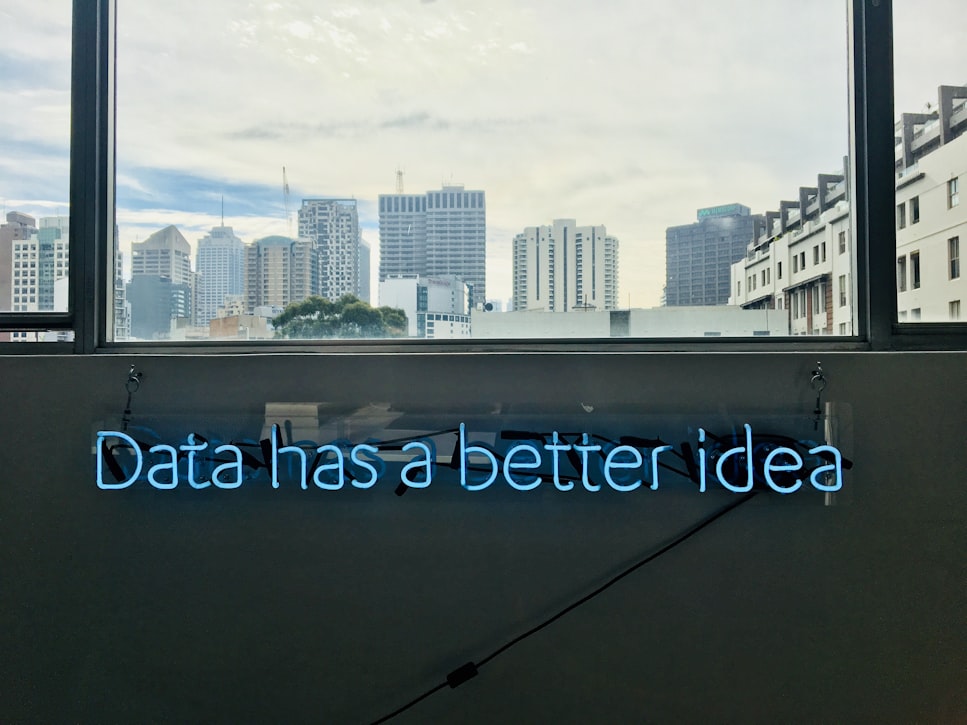First-party data, in the digital age, for marketing professionals, is the way to collect and enrich customer information and habits. This data comes from their sources, such as mobile applications or websites. How can you benefit from using your data?

First-party data definition.
They refer to information that companies can collect from their sources. In other words, all information about customers from both online and offline sources, such as a company’s website, a mobile application, CRM, social media, or surveys, are all first-party data sources.
According to eMarketer, 85% of marketers in the United States and 75% of respondents in Western Europe said that increasing the use of their data is a high priority. For marketers, it is a precious source of user data.
First-party data can include information such as the following:
- User identifier
- Demographics.
- Websites visited and interactions.
- Purchase history.
- Users’ interests.
- Time spent on our website.
Essential: the data can be obtained free of charge; therefore, the companies that hold the data must have all the required consents from their customers. In the age of privacy laws, this is extremely important. Using data, advertisers show advertisements relevant to their client’s interests, offering them personalized experiences. Depending on different factors such as the position in the sales funnel or the products they have shown interest in.
Every company should collect and profit from its data. The information is collected for free, making it profitable and easily segmented and monetized using a DMP (Data Management Platform) or a CDP (Customer Data Platform).

How can you profit from 3rd party data to leverage owned data?
If you collect data, you can look more closely at the 3rd party data to improve your efficiency. Whether it is to use a look-a-like model to gather insights, or any other application, using both first and third-party data provides help to reach more customers and generate more knowledge about their behavior in a much more accurate way. So how can third-party data be used?
1. Find new customers with third-party data. Your data allows you to reach only the users who visit your companies’ properties. To find new customers, you can use the data of third parties: profiles of users from all over the world, which can be bought on the DSPs or with specific vendors (as long as it is still allowed by the users). Another reason you should analyze third-party data is taxonomies and segment names that can help build similar target groups.
2. Enrich first-party data to improve knowledge about our audience. If you collect data from your sources, sometimes you get only an email or some other attribute. The data sometimes say little about the user. You can use third-party data to determine the public’s interests, purchase intentions, or demographics. Moreover, in our reality, which is changing rapidly after the COVID-19 pandemic, people’s behavior and needs are also changing. If want to reach out to users with personalized messages, consider enriching your audiences with external data – by purchasing such content or segmented media and capturing audience data.
Source: https://www.onaudience.com/resources/what-is-first-party-data/

